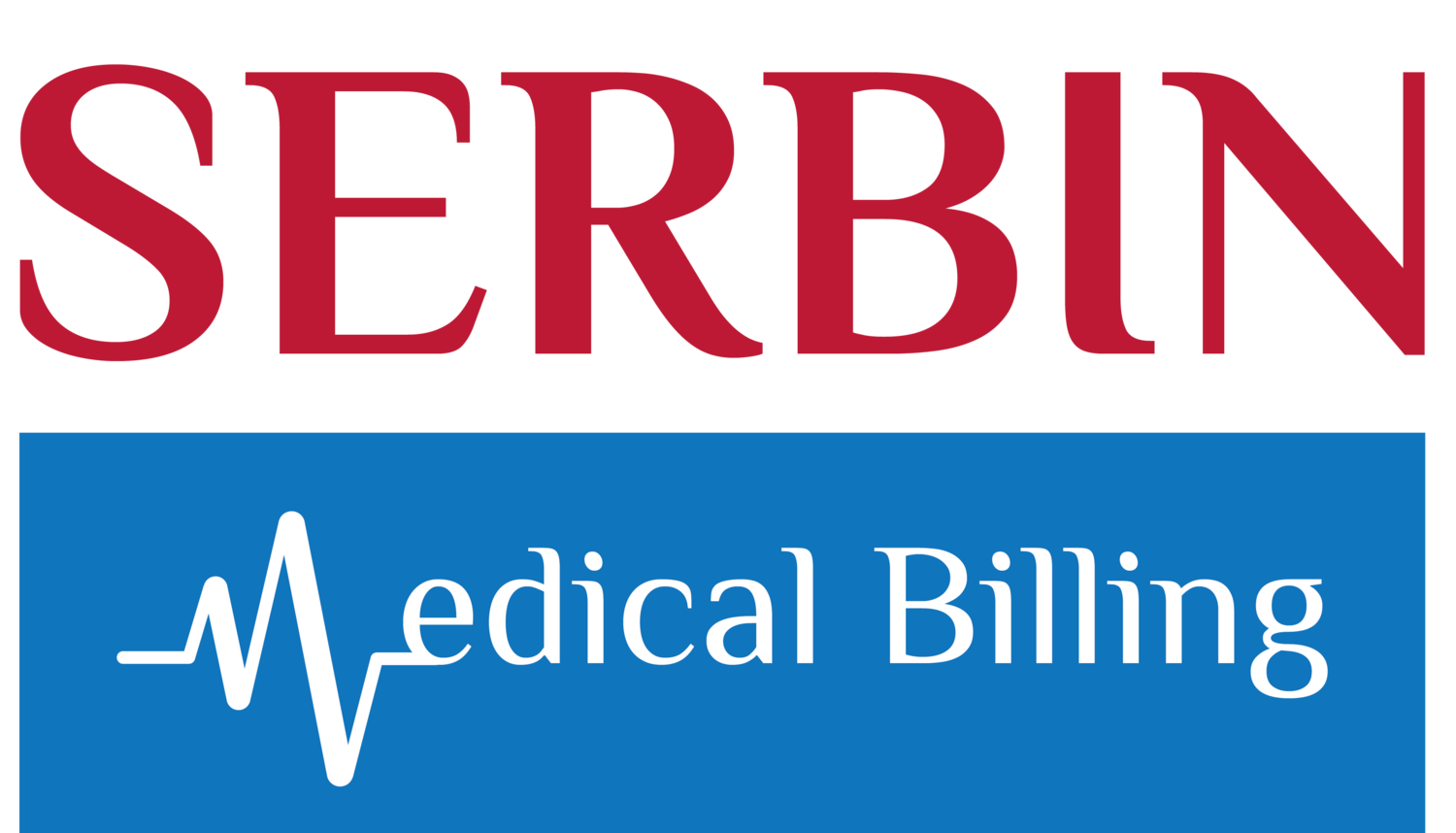Who Pays Your ASC's Fee? (And How to Collect It)
By Caryl Serbin, RN, BSN, LHRM
Depending on your ASC, most patients who come for procedures are at least partially covered by private insurance, Medicare, Medicaid, workers' compensation or another type of third-party insurance. In most cases, the balance, after their carrier determines the amount allowed and pays its portion, is the responsibility of the patient.
There are four important steps to accurate and timely collection of all the monies due your ASC.
1. Pre-authorization. Contact the patient’s carrier to determine coverage of the planned procedure, claim submission information and an estimate of the patient’s financial responsibility.
2. Patient pre-procedure financial counseling. After receiving pre-authorization and patient estimated co-pay, deductible and co-insurance from their carrier, contact the patient as early as possible prior to the procedure. Advise them of their financial responsibility, give them ASC-approved methods of payment and obtain a commitment of pre-payment. Submit this information to your front desk registration clerk.
3. Up-front collections on the day of procedure. At the time of registration on the day of the procedure, the registration clerk should verify demographic and third-party payer information, copy or scan the patient's insurance card or authorization information and advise the patient of their financial commitment made with patient financial counselor. Obtain the agreed-upon payment, provide receipt and advise the patient that, depending on what procedures are performed by their provider, there may be a co-insurance amount due after the third-party payer has paid its full amount.
4. Post-procedure collections. Submit a timely and accurate claim and then follow up on claim submission until the third-party payer portion is paid in full. Send a patient statement of any co-insurance balance due.
If all four of these steps are followed correctly and in a timely manner, and if all goes according to plan, your ASC should receive full reimbursement. This, of course, will depend on your methodical and determined revenue cycle team. Choose them wisely.


